B&W Photo Extras
licht / light / luz / lumière
noun
- something that makes vision possible
- in photography: essential to the art, application, and practice of creating images, either electronically by means of an image sensor, or chemically by means of a light-sensitive material such as photographic film, glass or paper.
- electromagnetic radiation of any wavelength that travels in a vacuum with a speed of 299,792,458 meters per second
Photographic film
Photographic film is a strip or sheet of transparent film base coated on one side with a gelatin emulsion containing microscopically small light-sensitive silver halide crystals.
The sizes and other characteristics of the crystals determine the sensitivity, contrast, and resolution of the film.[1] Film is typically segmented in frames, that give rise to separate photographs.
The emulsion will gradually darken if left exposed to light, but the process is too slow and incomplete to be of any practical use. Instead, a very short exposure to the image formed by a camera lens is used to produce only a very slight chemical change, proportional to the amount of light absorbed by each crystal. This creates an invisible latent image in the emulsion, which can be chemically developed into a visible photograph. In addition to visible light, all films are sensitive to ultraviolet light, X-rays, gamma rays, and high-energy particles.
Unmodified silver halide crystals are sensitive only to the blue part of the visible spectrum, producing unnatural-looking renditions of some colored subjects. This problem was resolved with the discovery that certain dyes, called sensitizing dyes, when adsorbed onto the silver halide crystals made them respond to other colors as well. First orthochromatic (sensitive to blue and green) and finally panchromatic (sensitive to all visible colors) films were developed.
Panchromatic film renders all colors in shades of gray approximately matching their subjective brightness. By similar techniques, special-purpose films can be made sensitive to the infrared (IR) region of the spectrum.[2]
Silver halides
Silver halides are used in photographic film and photographic paper, including graphic art film and paper, where silver halide crystals in gelatin are coated on to a film base, glass or paper substrate.
The gelatin is a vital part of the emulsion as the protective colloid of appropriate physical and chemical properties. The gelatin may also contain trace elements (such as sulfur) which increase the light sensitivity of the emulsion, although modern practice uses gelatin without such components.
When a silver halide crystal is exposed to light, a sensitivity speck on the surface of the crystal is turned into a speck of metallic silver (these comprise the invisible or latent image). If the speck of silver contains approximately four or more atoms, it is rendered developable – meaning that it can undergo development which turns the entire crystal into metallic silver. Areas of the emulsion receiving larger amounts of light (reflected from a subject being photographed, for example) undergo the greatest development and therefore results in the highest optical density.
Latent image
A latent image is an invisible image produced by the exposure to light of a photosensitive material such as photographic film.
When photographic film is developed, the area that was exposed darkens and forms a visible image. In the early days of photography, the nature of the invisible change in the silver halide crystals of the film’s emulsion coating was unknown, so the image was said to be “latent” until the film was treated with photographic developer.
In more physical terms, a latent image is a small cluster of metallic silver atoms formed in or on a silver halide crystal due to reduction of interstitial silver ions by photoelectrons (a photolytic silver cluster). If intense exposure continues, such photolytic silver clusters grow to visible sizes. This is called printing out the image. On the other hand, the formation of a visible image by the action of photographic developer is called developing out the image.
What is Reciprocity Failure?
In photography, reciprocity is the inverse relationship between the intensity and duration of light that determines the reaction of light-sensitive material.
Within a normal exposure range for film stock, for example, the reciprocity law states that the film response will be determined by the total exposure, defined as intensity × time. Therefore, the same response (for example, the optical density of the developed film) can result from reducing duration and increasing light intensity, and vice versa.
Reciprocity Failure Times
Black & White Film
Scheimpflug principle
The Scheimpflug principle is a description of the geometric relationship between the orientation of the plane of focus, the lens plane, and the image plane of an optical system (such as a camera) when the lens plane is not parallel to the image plane. It is applicable to the use of some camera movements on a view camera.
Sunny 16
In photography, the sunny 16 rule (also known as the sunny f/16 rule) is a method of estimating correct daylight exposures without a light meter.
Apart from the advantage of independence from a light meter, the sunny 16 rule can also aid in achieving correct exposure of difficult subjects. As the rule is based on incident light, rather than reflected light as with most camera light meters, very bright or very dark subjects are compensated for. The rule serves as a mnemonic for the camera settings obtained on a sunny day using the exposure value (EV) system.
The basic rule is, “On a sunny day set aperture to f/16 and shutter speed to the [reciprocal of the] ISO film speed [or ISO setting] for a subject in direct sunlight.


